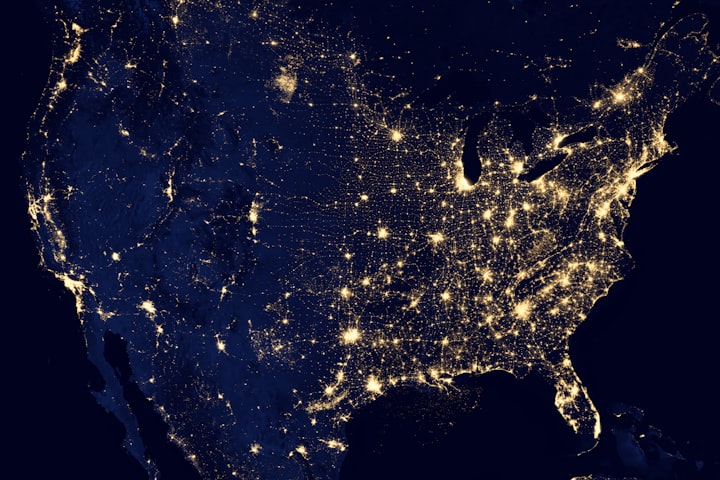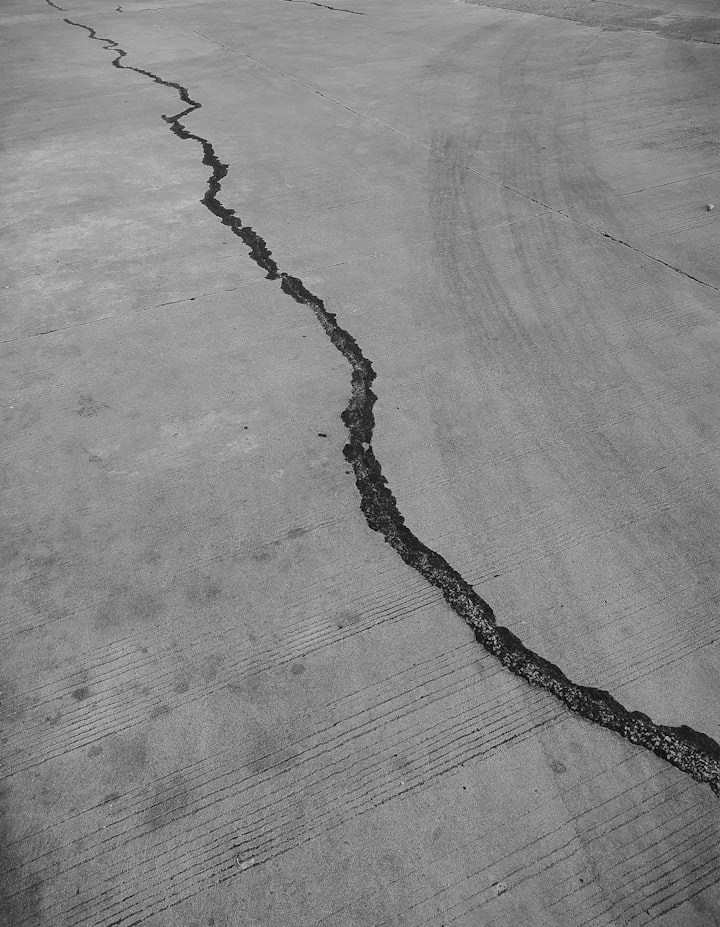Tectonic plates, also known as lithospheric plates, are massive slabs of solid rock that make up the Earth's outermost layer, called the lithosphere. These plates are constantly moving and interacting with one another, driven by the movement of molten rock in the Earth's mantle below.
The movement of tectonic plates can cause a range of geological phenomena, such as earthquakes, volcanic eruptions, and the formation of mountains and oceanic trenches. Plate boundaries, where two plates meet, can be either divergent (moving away from each other), convergent (moving towards each other), or transform (moving past each other).
The study of tectonic plates and their movements is known as plate tectonics, and it has revolutionized our understanding of the Earth's geology and the processes that shape our planet.
Plate tectonics theory was first proposed in the 1960s by a geophysicist named J. Tuzo Wilson, who suggested that the Earth's crust is made up of a number of separate plates that move relative to one another. Over the years, advances in technology and research have led to a more detailed understanding of how tectonic plates behave and interact.
There are several major tectonic plates, including the African Plate, the Antarctic Plate, the Eurasian Plate, the North American Plate, the South American Plate, and the Pacific Plate. These plates are further divided into smaller plates and microplates.
Plate tectonics has had a profound impact on the Earth's history and the evolution of life on the planet. For example, the movement of tectonic plates has created and destroyed continents, facilitated the formation of new mountain ranges, and caused massive volcanic eruptions and earthquakes.
Scientists continue to study tectonic plates and their movements in order to better understand the Earth's geology and the processes that shape our planet. This research has important implications for everything from predicting earthquakes and volcanic eruptions to understanding the long-term history of the Earth's climate and environment.
One of the most visible effects of tectonic plate movement is the creation of geological features such as mountain ranges, rift valleys, and oceanic trenches. When two plates collide, the leading edge of one plate is forced beneath the other in a process known as subduction. This can create deep trenches in the ocean floor, such as the Mariana Trench, which is the deepest part of the ocean.
When two plates move away from each other, they create a rift valley, which can eventually lead to the formation of new ocean basins. For example, the East African Rift Valley is a prime example of this process in action, as it is slowly pulling apart the African Plate.
In addition to creating geological features, tectonic plate movement also has important implications for the Earth's climate and environment. For example, the movement of plates can cause changes in ocean currents and affect the distribution of heat around the planet. It can also impact the Earth's atmosphere by releasing large amounts of gases from volcanic eruptions.
Another important aspect of plate tectonics is the impact it has had on the evolution of life on Earth. For example, the movement of plates has led to the separation of continents and the formation of barriers that have influenced the development of different species in different regions.
Plate tectonics has also played a crucial role in the formation of Earth's atmosphere and the development of conditions that are conducive to life. For example, the movement of plates has helped to regulate the amount of carbon dioxide in the atmosphere, which in turn has affected the Earth's climate.
In addition to its impact on the Earth, plate tectonics has important implications for space exploration. For example, scientists have used the study of plate tectonics to help identify potentially habitable planets outside of our solar system.
Overall, the study of tectonic plates and plate tectonics has revolutionized our understanding of the Earth's geology and the processes that shape our planet. It has helped scientists predict earthquakes and volcanic eruptions, understand the long-term history of the Earth's climate, and explore the possibility of life on other planets.
About the Creator
Karthik Raj
I am a cool guy







Comments
There are no comments for this story
Be the first to respond and start the conversation.